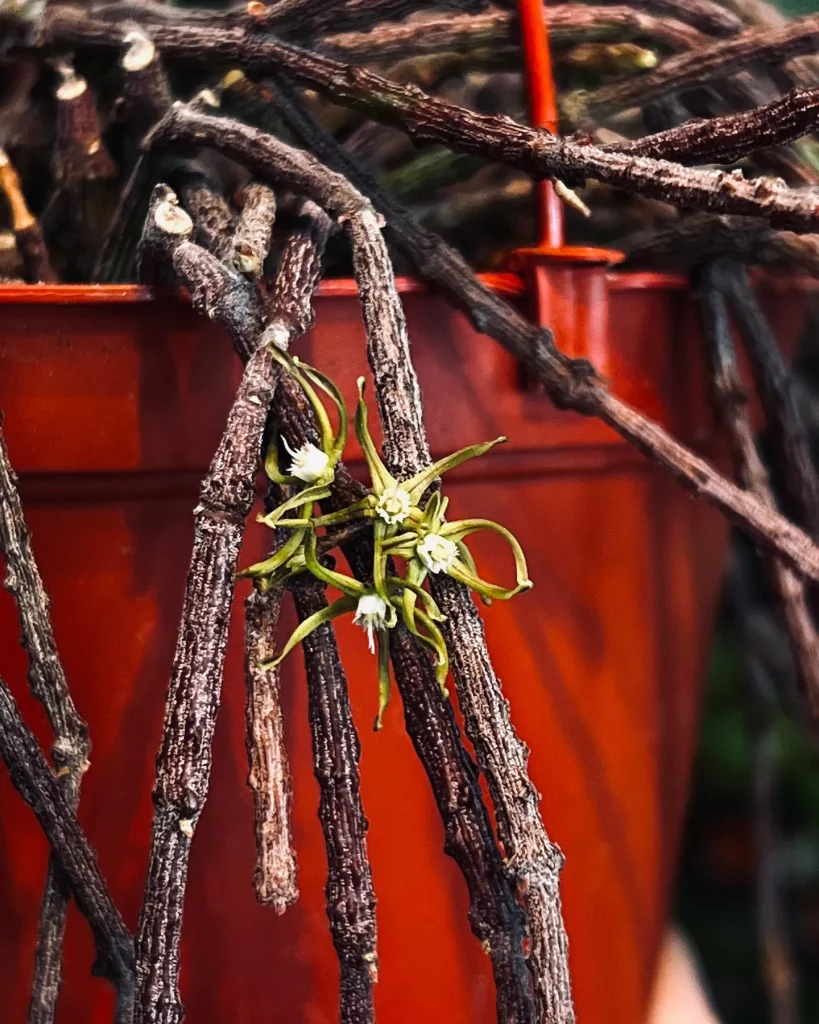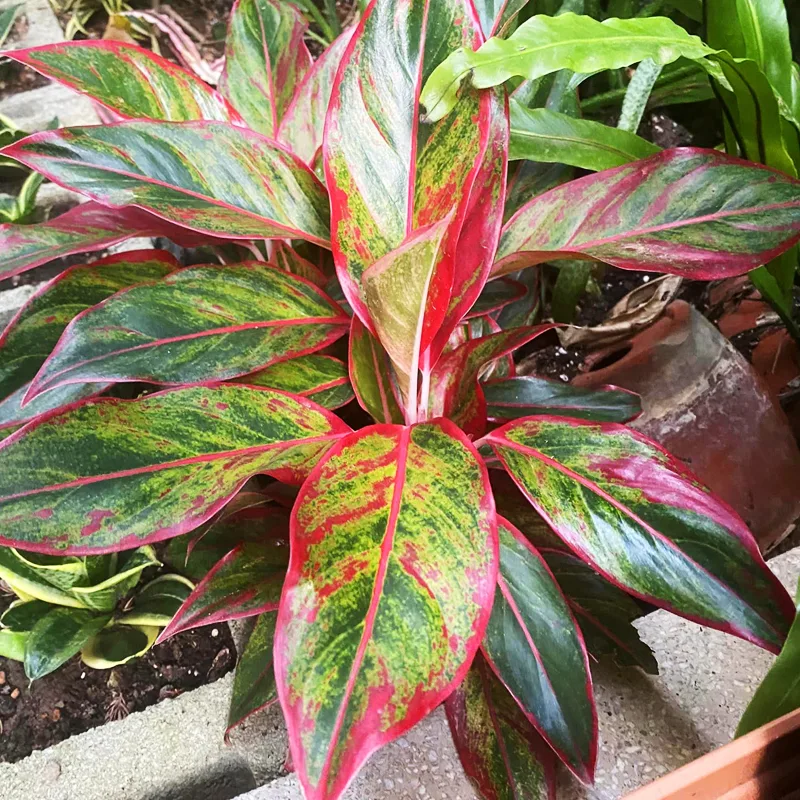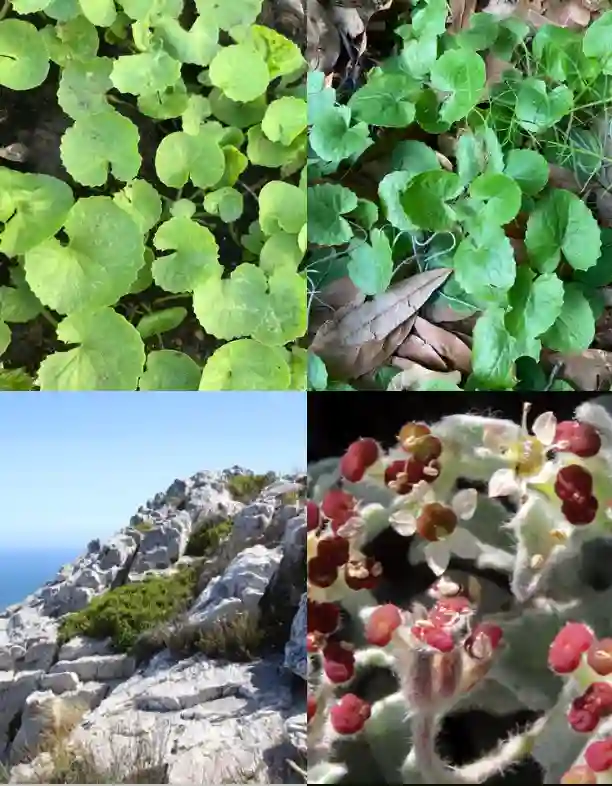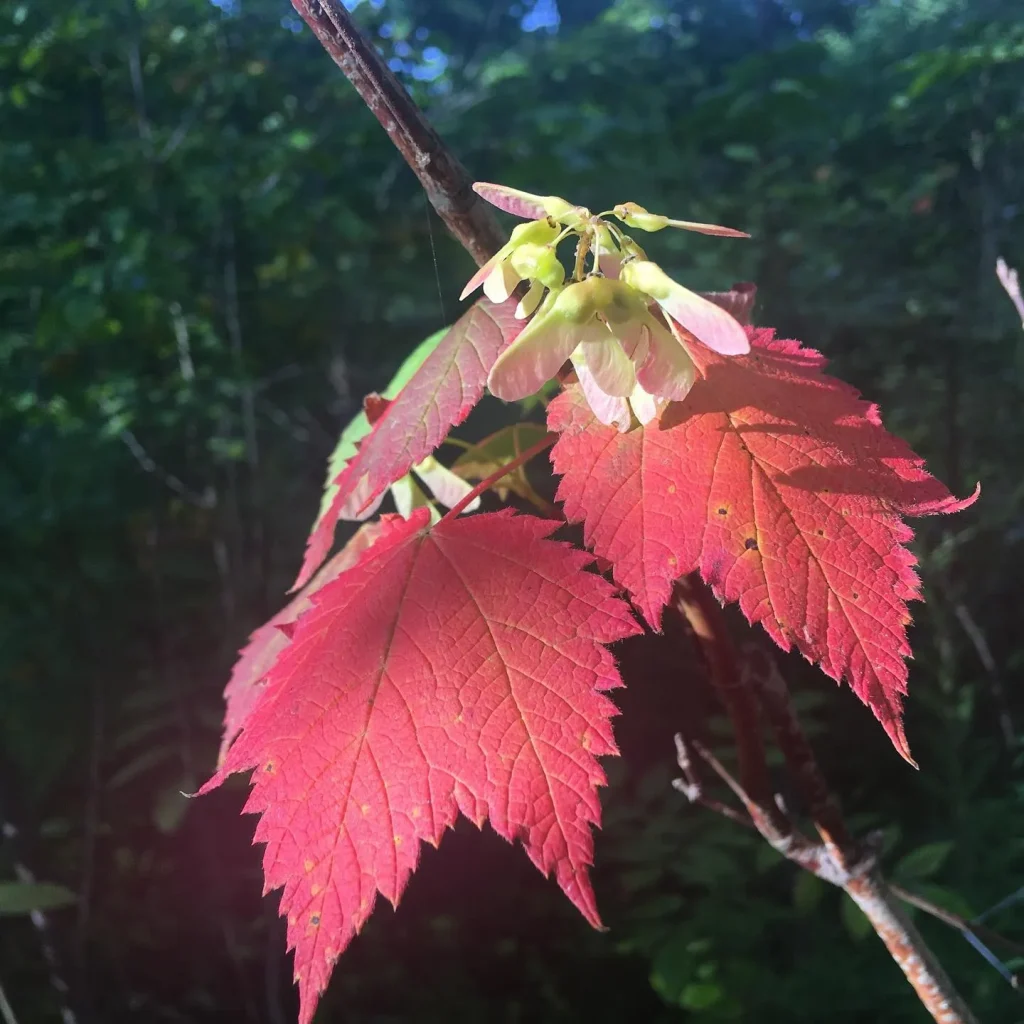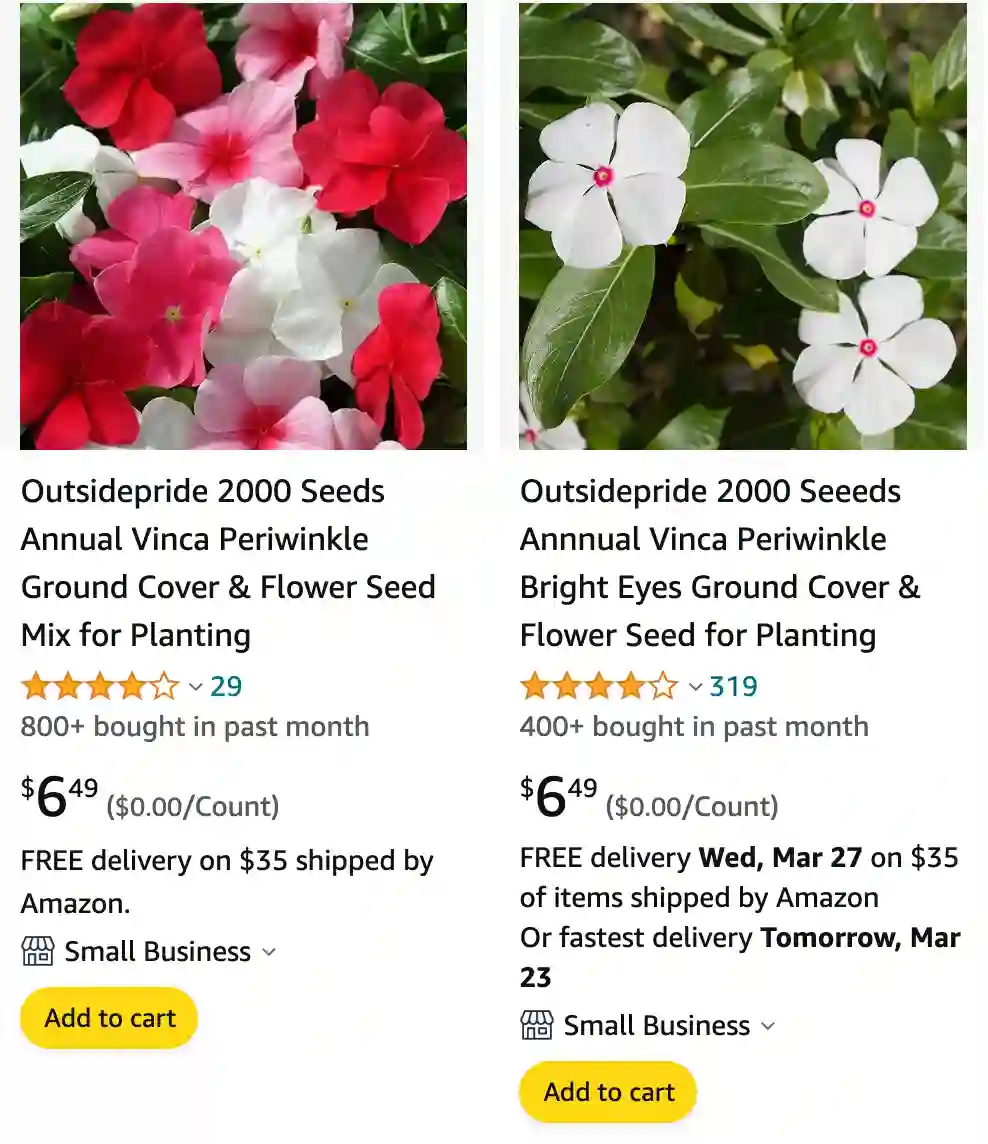
All About Vinca Vines: A Gardener’s Guide by Ferb Vu
For years, Vinca Vines have been a staple in my gardens. They’re low-maintenance, versatile, and boast beautiful blooms that add a touch of elegance to any landscape. But with so many varieties and questions surrounding these charming plants, I decided to compile this FAQ to help you navigate the wonderful world of Vinca Vines.
What are Vinca Vines?
Vinca Vines, also known as Periwinkle, are a group of flowering evergreen vines native to Europe and southwestern Asia. These beauties belong to the Apocynaceae family, which includes other popular plants like Plumeria and Oleander. Vinca Vines come in two main varieties:
- Vinca Minor (Lesser Periwinkle): This low-growing variety features trailing stems adorned with pretty periwinkle blue flowers and glossy green leaves. It’s a fantastic choice for ground cover, borders, or cascading over containers.
- Vinca Major (Greater Periwinkle): This larger version boasts bigger, glossy leaves and blooms in shades of blue, lavender, and even white. Vinca Major works well as a climbing vine or border plant.
Periwinkle vs Lavender
I find Periwinkle’s subtle blue tint more soothing compared to Lavender‘s stronger purple hue.
Periwinkle vs Cornflower Blue
Periwinkle feels softer to me, while Cornflower Blue has a more vibrant and striking presence.
Periwinkle vs Lilac
Lilac‘s pinkish undertones give a warmer feel, but I prefer Periwinkle’s cooler, calming vibe.
Periwinkle vs Impatiens
While Impatiens are lively and bold, I appreciate Periwinkle’s more tranquil and serene effect.
Periwinkle vs Myrtle
I admire Myrtle’s deep, rich color, but Periwinkle’s lighter shade feels more refreshing and airy.
Periwinkle vs Dusty Blue
Periwinkle’s slight purple hint adds a touch of warmth that I find more inviting than Dusty Blue’s muted grayish-blue.
Periwinkle vs Indigo
Indigo’s depth and intensity are captivating, but Periwinkle’s softness and subtlety are more relaxing to me.
Periwinkle vs Phlox
Phlox has a lively and vibrant charm, but I prefer the gentle and calming presence of Periwinkle.
What are the benefits of growing Vinca Vines?
There are many reasons why Vinca Vines have become a favorite among gardeners:
- Low-Maintenance: These tough vines require minimal care. They’re drought-tolerant, pest-resistant, and thrive in both sun and shade. Perfect for busy gardeners or those new to the hobby.
- Beautiful Blooms: Vinca Vines produce a profusion of lovely flowers throughout spring and into early summer. The vibrant colors add a pop of cheer to any garden.
- Versatile Plant: Vinca Vines can be used in a variety of ways. Plant them as ground cover to suppress weeds, let them cascade over containers for a cascading effect, or train them to climb trellises.
- Deer Resistant: Deer tend to avoid Vinca Vines, making them a great choice for areas with these browsing herbivores.
How do I care for Vinca Vines?
Here’s the good news: Vinca Vines are easy to please! Here’s a quick guide:
- Planting: Plant your Vinca Vines in well-drained soil, spacing them according to the variety (typically 12-18 inches apart). They’ll appreciate a light application of compost or fertilizer in early spring.
- Watering: Water your Vinca Vines regularly, especially during their first growing season. Once established, they’re quite drought-tolerant.
- Pruning: You can lightly prune your Vinca Vines throughout the growing season to maintain their shape and encourage bushier growth.
- Winter Care: Vinca Vines are generally winter hardy. However, in colder climates, you can mulch around the base of the plants for added protection.
Do Vinca Vines have any downsides?
While Vinca Vines are fantastic plants, there are a few things to keep in mind:
- Invasive Potential: Vinca Major can be quite vigorous and potentially invasive in some areas. Check with your local authorities before planting to see if there are any restrictions.
- Toxicity: All parts of the Vinca Vine plant are toxic if ingested. Keep them out of reach of children and pets.
Conclusion
Vinca Vines are a wonderful addition to any garden. With their easy-going nature, beautiful blooms, and versatility, they’re sure to become favorites in your landscape. So, why not give these charming vines a try? They’re sure to reward you with years of enjoyment. With a little planning and care, you can create a thriving haven for these lovely vines, adding a touch of elegance and color to your garden year afterround. Remember, their low-maintenance nature makes them perfect for busy gardeners or those just starting their horticultural journey. So, head down to your local nursery, pick out your favorite Vinca Vine variety, and get ready to experience the joy of these captivating plants firsthand.

